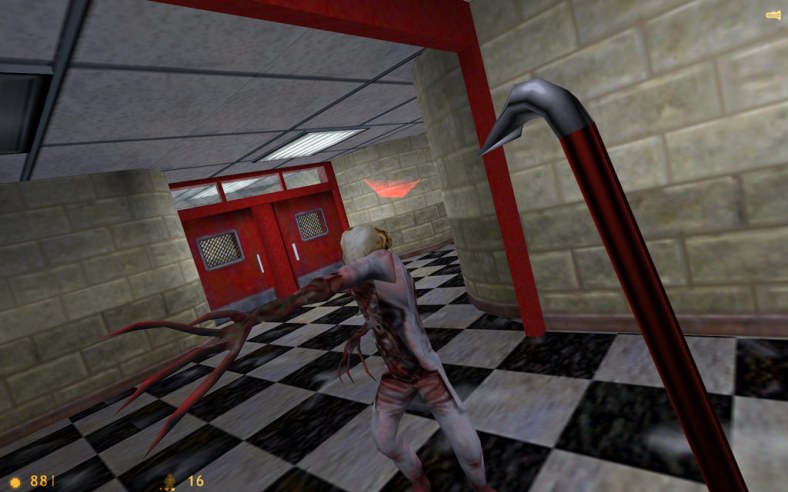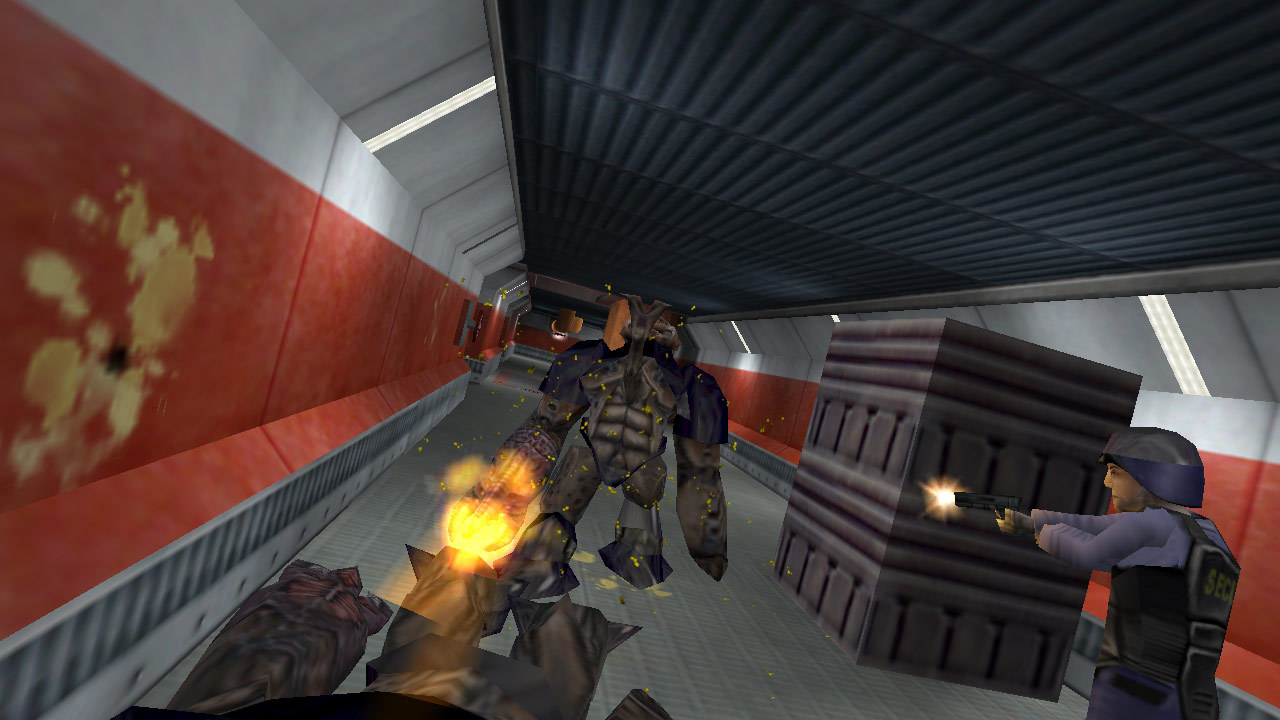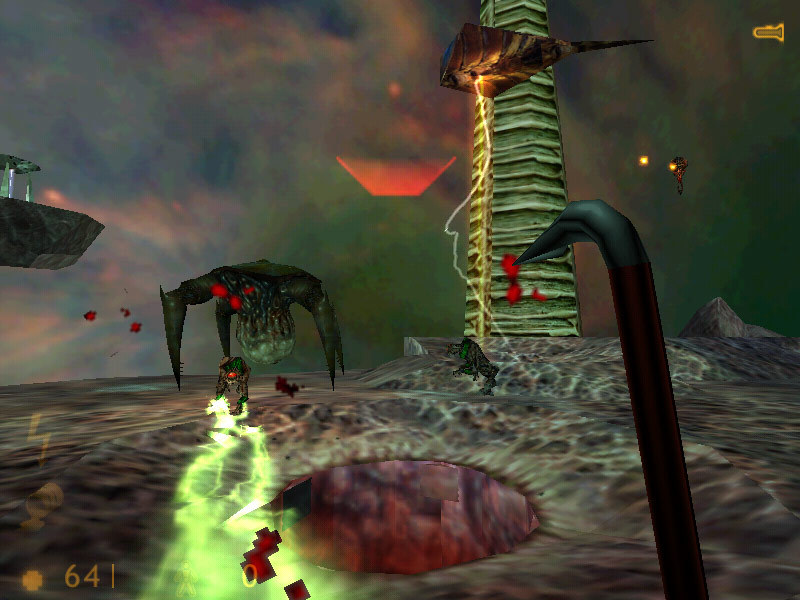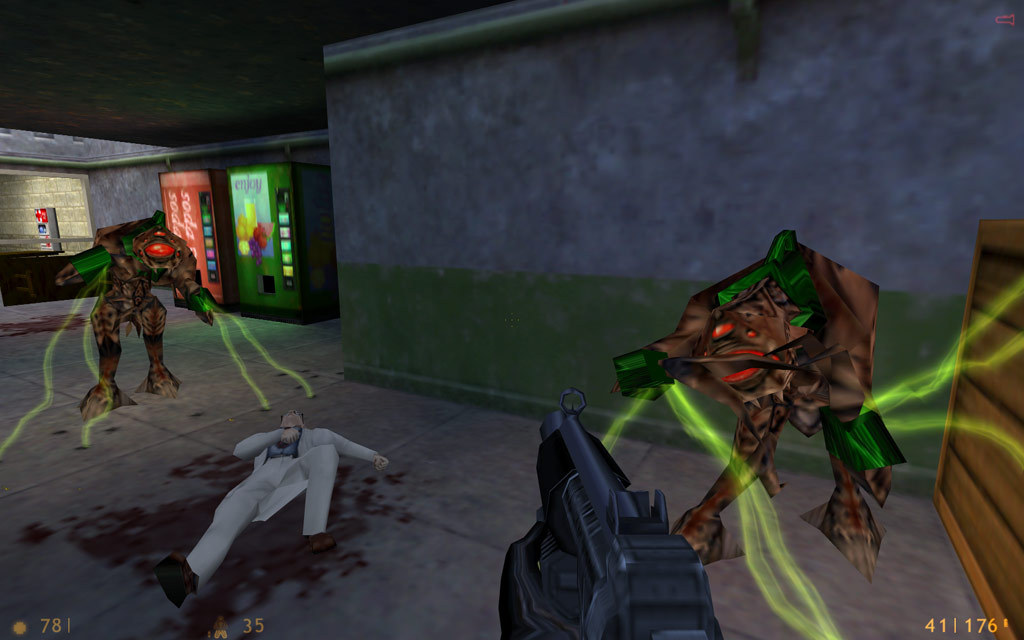Monster Mania: 25 Year’s Later, Half-Life Remains a Magnificent Monster Mash

Monster Mania is a weekly column celebrating the unique and varied monster designs in horror gaming.
Stop me if you have heard this one before: An astrophysicist walks into a top-secret government facility to perform an experiment that accidentally opens a portal to an alien dimension, flooding the facility with hostile alien forces, and then a government-sanctioned black ops team shows up to murder your coworkers in an attempt to cover up the accident. /Scene.
Half-Life’s Headcrab and their zombie ilk were the first monsters I covered for Monster Mania. So, yes, my love for Half-Life runs deep, and I couldn’t pass up the game’s 25th anniversary as another excuse to blab about what I’d consider one of the best games ever made.
Let’s start with the basics. The alien forces, known as the Xen, were a remarkable departure from the stock standard alien blobs and generic military baddies plaguing 90s shooters. There are parasitic, spider-like Headcrabs that transform their victims into cosmic chest-bursting zombies. Then there are the many-eyed, sonic-blasting Houndeyes, acid-spitting Bullsquids, sticky-tongued ceiling sack Barnacles, lightning caster Vortigaunts (which can only be described as cousins of the cigarette-smoking aliens from Men in Black), and the hornet gun-wielding Alien Grunts to name a few of the most notable alien threats.

While distinctly different in their purpose and combat patterns, each still felt like they hailed from the same extraterrestrial bloodline. This allowed the invasion aspect of the Xen to feel as if this was an actual race from a real world rather than just an assortment of weird-as-shit monsters that shared little in common. Not to say that that approach hasn’t worked before in games; I do love me a monster mash, after all. Still, for a game and world as meticulously designed as Half-Life, the connectivity between these horrors allow the Xen to be a bit more nuanced of an enemy species.
And if the variety from an aesthetics perspective wasn’t welcomed enough, each Xen creature’s unique scripting and sound design reinforced just how much of an outlier Half-Life’s design was to the competition.

Xen and military soldiers serve many combat purposes while being highly reactive to player’s actions. The player quickly familiarizes themselves with the various squawks and squeaks that the Xen forces make, as certain utterances reveal the enemy’s level of alertness. For instance, the noises a Houndeye makes differ significantly as to whether they have spotted the player or if they are milling about around a corner. This gives the player a cue of what to expect before rounding corners, as they hear some enemies in their “resting” state.
This is true of all of the Xen and the various black ops soldiers roaming Black Mesa’s halls. While the soldiers seem to be another generic force early on, their design takes things one step further. I generally consider 2005’s F.E.A.R. the gold standard of reactive enemy A.I., but after revisiting Half-Life, it’s clear the game must have had some influence. After all, there were shooters before and after Half-Life, with the latter unable to ignore the waves Valve would make within the industry.

Half-Life’s soldiers were far more reactive to the player’s presence than your average shooter, responding to that presence in many ways. While soldiers may not have called out Gordon’s flashlights, they would call out their actions, such as moving or throwing a grenade. It tells the player what to expect but creates the sense that the soldiers use tactics and communication rather than simply “winging it.” They would frequently retreat and regroup if the player aggressively pushed during firefights. So, while the soldiers may have looked like your standard military grunts, in actuality, and much like every other aspect of Half-Life, Valve improved upon a trite genre staple.
Apart from the environmental puzzles and platforming, one of the biggest keys to Half-Life’s flawless pacing is how the game interchanges its threats. One section will throw Xen forces at the player, while the next will introduce the military’s soldiers. This interchanging of enemies forces the player to adapt to these distinctly different threats, giving combat more variety. But by a certain point in the game, there will be combat sections where the Xen and military forces occupy the same area, fighting Gordon and each other.
These all-out warfare sections culminated in the ultimate display of Half-Life’s stellar A.I. and monster design that would gradually build to provide the player with a scaling challenge. A challenge that would come to define the series in many ways, something its subsequent sequel, episodic expansions, and VR spinoff would embrace and continue Half-Life’s refined and singular brand of FPS action.
For more horror game reviews, opinions, and features, check out DreadXP.
Categorized:Editorials

